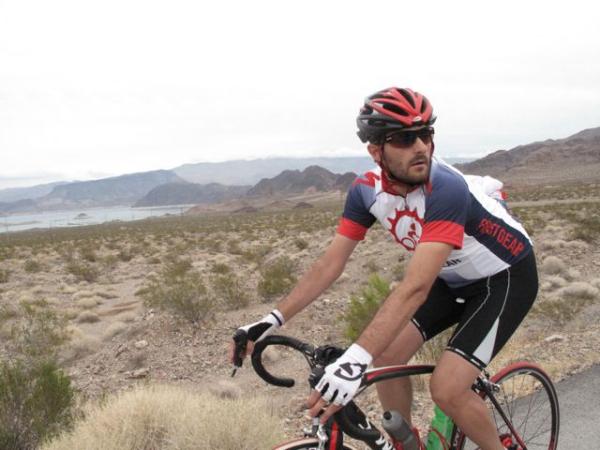Giro d’Italia: Nine conclusions after nine stages
Analysis of the racing and the riders so far
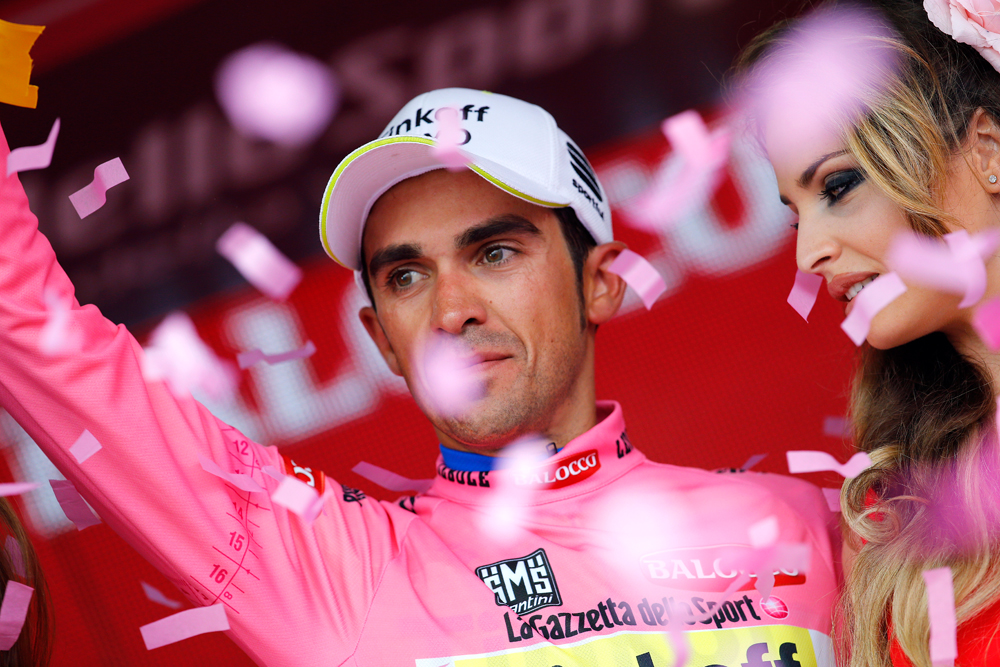
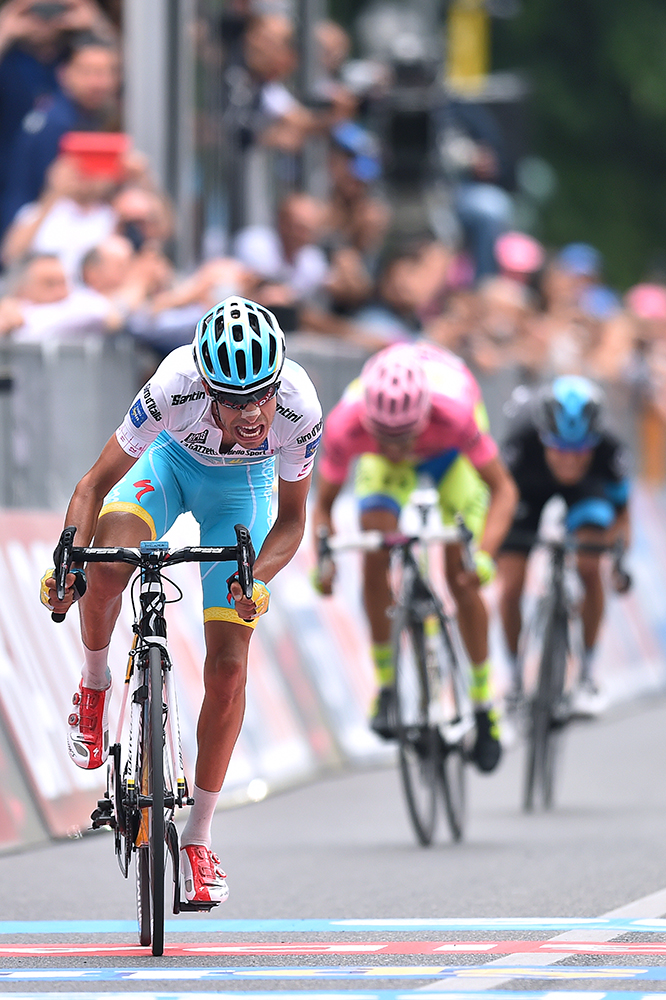
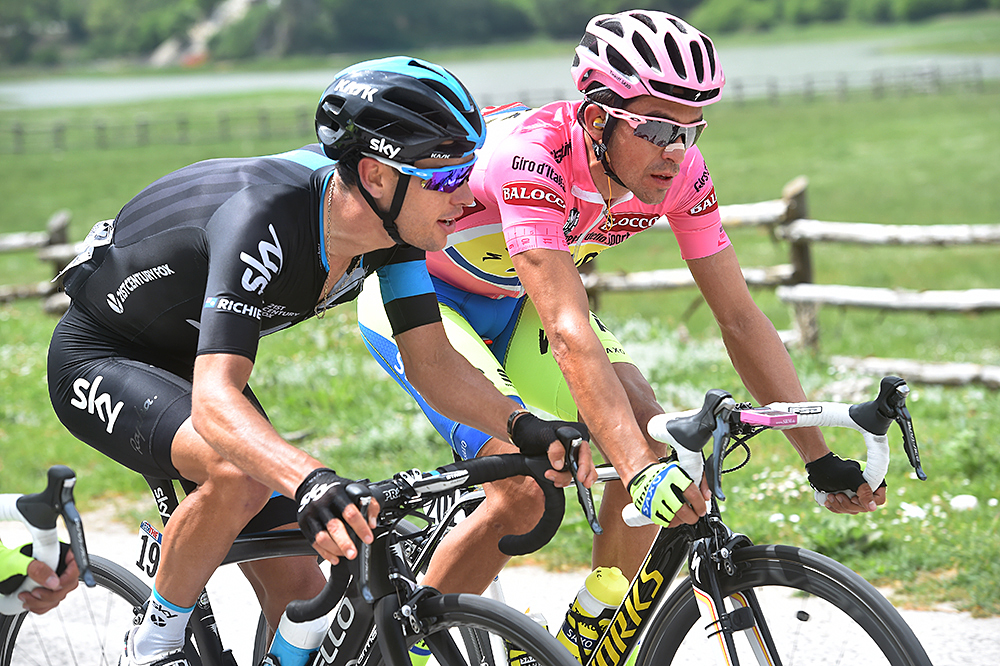
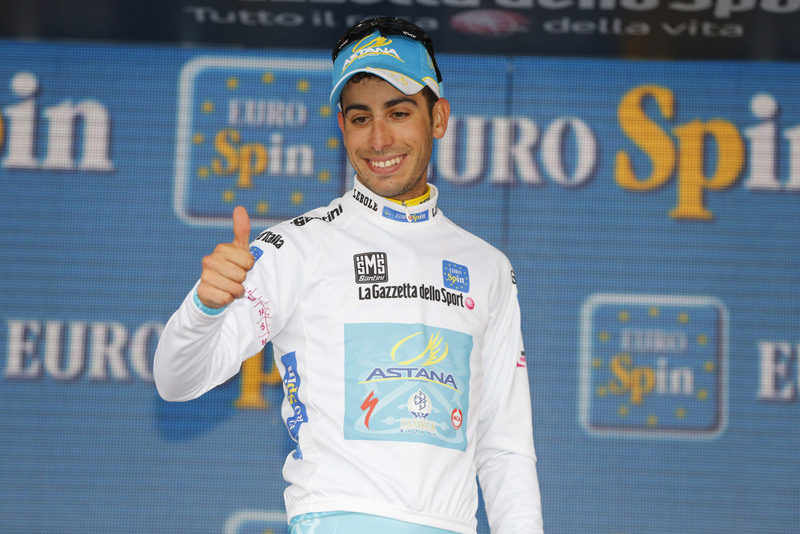
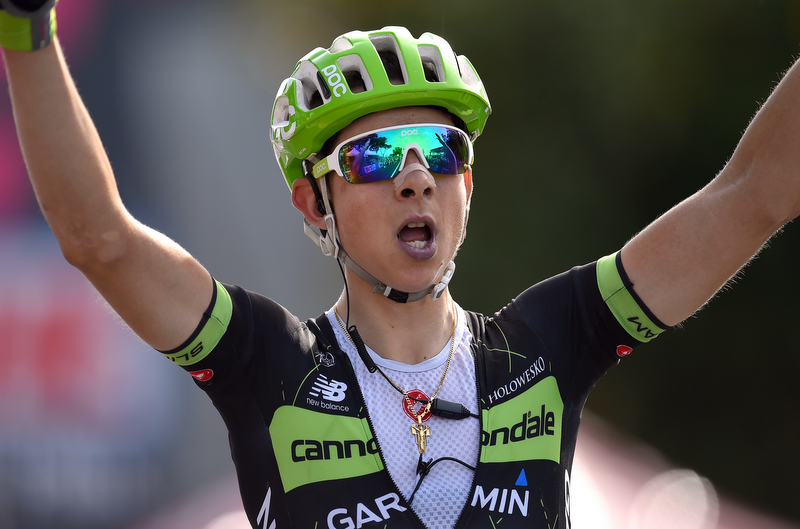
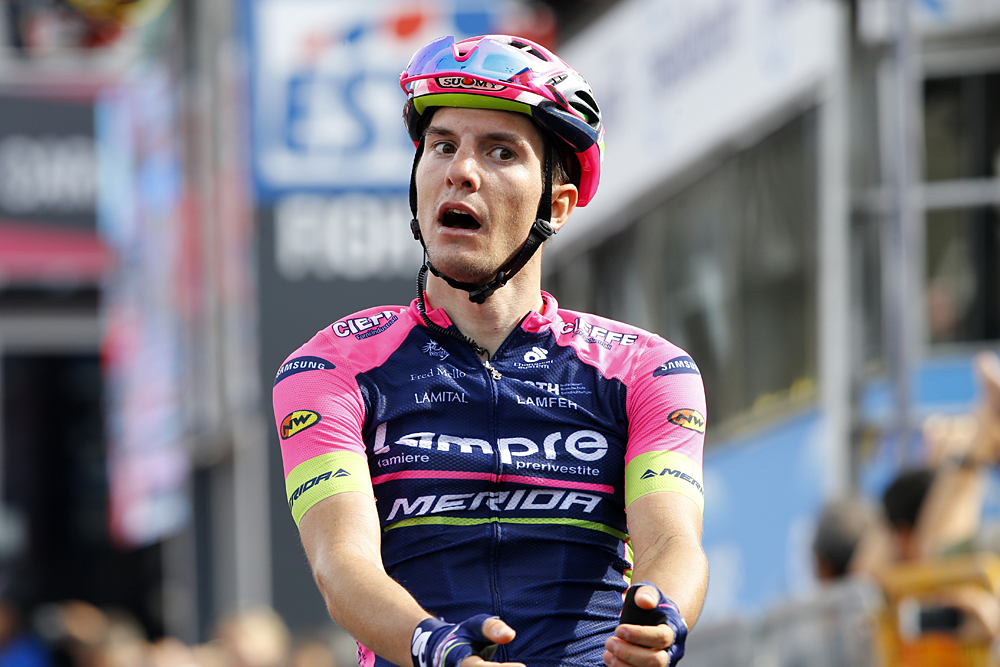
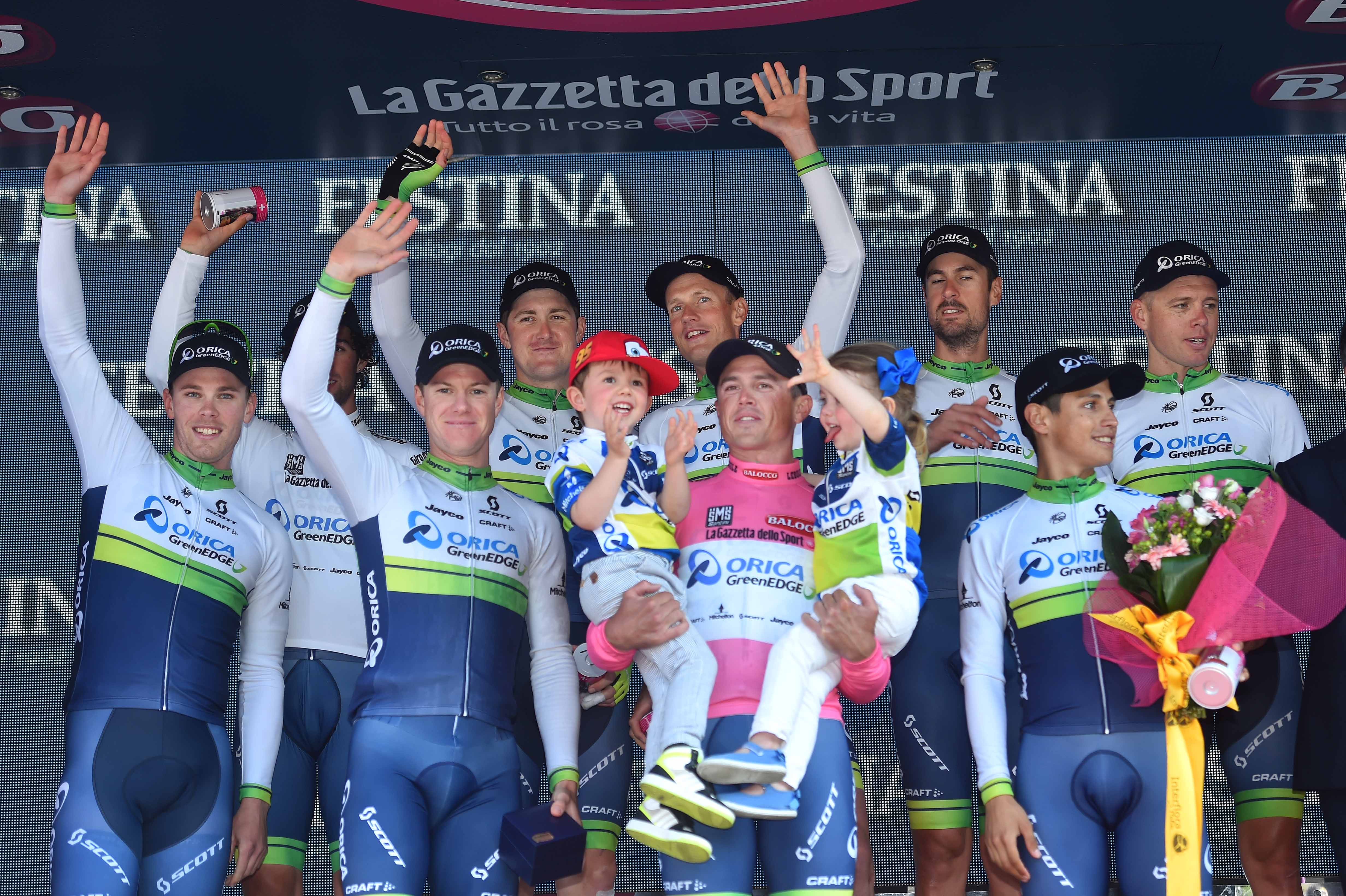
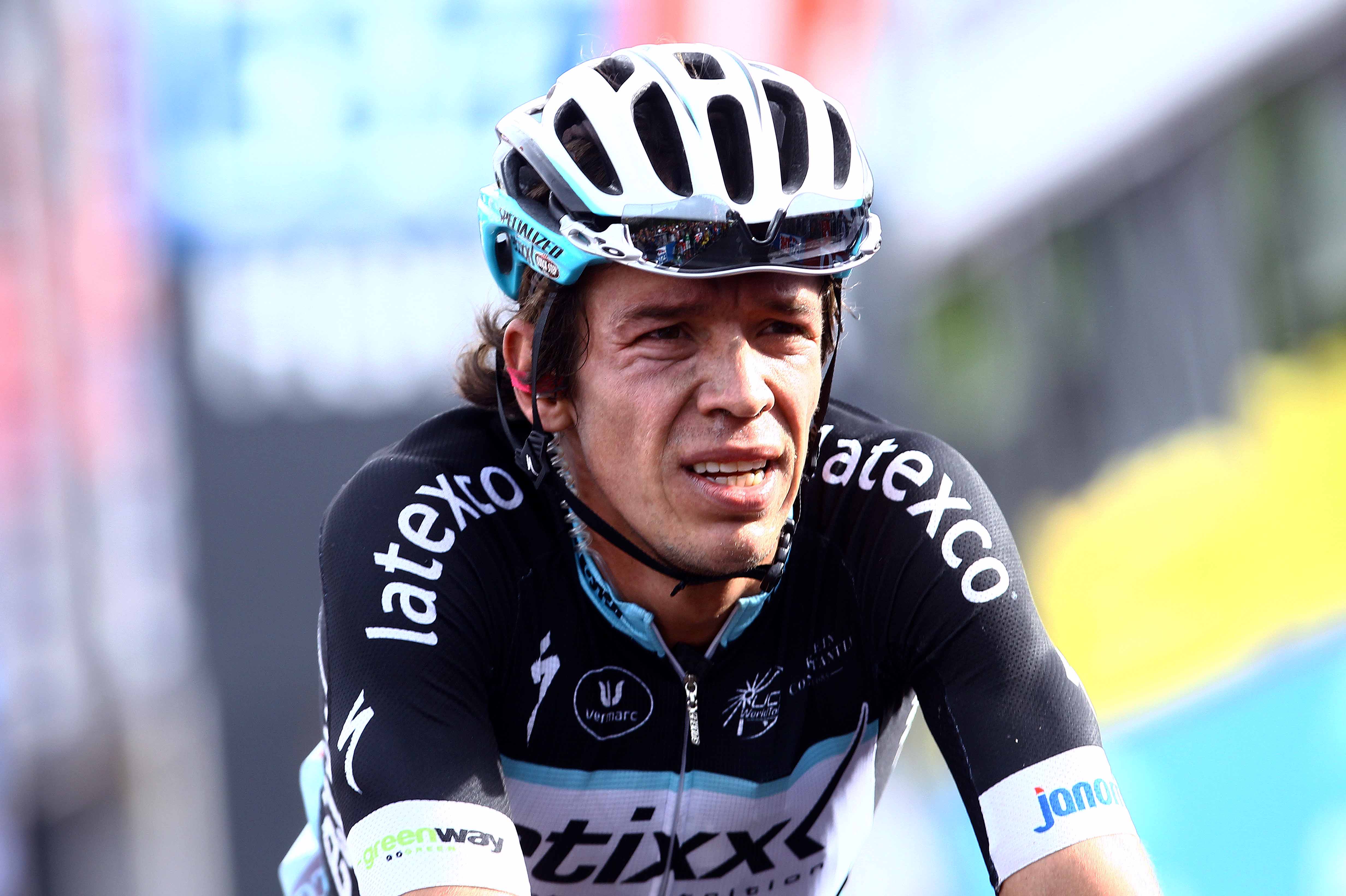
1. Contador fights on in pain and in pink
Alberto Contador (Tinkoff-Saxo) enjoyed the first rest day of the Giro d’Italia in the pink jersey after an intense nine days of racing.
Perhaps inspired, or at least motivated, by the presence of team owner and paymaster Oleg Tinkov on the race, the Spaniard and his teammates rode aggressively in the hills of the first week, trying to match Fabio Aru and Astana blow by blow in a heavyweight contest between the two strongest teams in the Giro d’Italia.
Contador was unlucky to injury his shoulder in the high-speed crash in the Castiglione della Pescaia sprint but fought the pain to race on and stubbornly refused to let Aru take the pink jersey and land even a psychological blow. Indeed the two raced for every second along the road, jabbing at each other before the decisive rounds come in the third week. It has been a fascinating battle so far, with so much more to come.
Only Contador and his team know how much his shoulder is hurting him. He is the master of bluff and has nerves of steel, as he proved in 2009 when he outwitted then Astana teammate Lance Armstrong to win the Tour de France. Contador has the fragility of a sparrow but is always inspired by adversity. (SF)
2. Rigoberto Uran is down but not out
Alberto Contador isn’t the only rider who has been looking forward to the Giro d’Italia’s first rest day. The chance to recover and rest up is also a welcome relief for Rigoberto Uran. The Colombian – second for the last two years at the Giro d’Italia – has been suffering with bronchitis since the Tour de Romandie and has limped through the opening mountain skirmishes to sit eighth, just over two minutes down on Contador.
Get The Leadout Newsletter
The latest race content, interviews, features, reviews and expert buying guides, direct to your inbox!
It hasn’t helped matters that two of his entourage have abandoned - Pieter Serry would have been a valuable ally in the mountains– but the Colombian has been on the back foot almost every time Aru, Contador and Porte have pushed on the accelerator.
On stage 8 to Campitello Matese the 28-year-old Colombian seemed to have turned the tide but on Sunday, with the rest-day in sight, he capitulated and crawled home in a group that contained Axel Domont (Ag2r-La Mondiale). No disrespect to Domont but that’s not where Uran or his team expect him to be.
Despite his current frailties and the weakness of his team, Uran remains a genuine threat. Those conversations between Aru and Contador on the descent into San Giorgio Del Sannio weren’t about rest-day coffee stops; they wanted to distance Uran before the critical time trial to Valdobbiadene, where both men could conceivably lose two minutes to the Etixx-QuickStep rider.
At 59.4km the tough individual time trial is Uran’s lifeline. Over a year ago that would have sounded like a rather peculiar statement but in last year’s rolling test to Barolo, Uran decimated the field with a time trialing master class. He came into the stage second overall, 57 seconds down on Cadel Evans’ maglia rosa, and 42 seconds up Aru. By the end of the day Uran was in pink, Evans was 37 down and Aru way back at 3:37.
We will see next Saturday if similar time gaps occur and if Rigo can resurrect his hopes of overall success. (DB)
3. Aru’s attacks have produced more show than substance
Fabio Aru is the only Italian contender for this year’s maglia rosa and the 24 year-old Sardinian has quickly captured the hearts of the Italian tifosi and the two million television viewers who watch the race in Italy.
The tifosi loved how Aru got emotional when his teammate and mentor Paolo Tiralongo won a stage, how he speaks and thanks the tifosi via television and how he is always happy to sign autographs or pose for a selfie. They like his swashbuckling nature and aggressive attacking as he takes the race to Alberto Contador and tries to put one over on Richie Porte and Rigoberto Uran.
Aru’s aggression looks good on television and has made for an entertaining first week. However so far, it has given little in terms of time. He is three seconds behind Contador in the overall classification but has failed to take advantage of Contador’s shoulder problems. He should perhaps spend the rest day reflecting on why he is not in pink despite he and his Astana teammates racing so aggressively and change his tactics for the final week in the mountains as a consequence (SF).
4. Richie Porte's (near) perfect start
After Team Sky’ lacklustre team time trial at the start of the race – their worst ever ride in the discipline at Grand Tour level – the British squad and their leader have found their feet in the Giro d’Italia, with Richie Porte sitting third overall, 22 seconds down on Contador, with Aru also in his sights.
The Australian hasn’t yet suffered his widely forecast ‘bad day’ and he has been where he needs to be every time Contador and Aru have launched attacks. The 30-year-old Tasmanian has played a few cards of his own, cleverly countering to exploit his rivals’ weaknesses, while at the same time laying down important markers. Coming into the race Contador named Aru as his main rival and while that might still be the case, Porte has provided the Spaniard with another cause of considerable concern.
Perhaps the most interesting conclusion from the opening nine days of racing is how little work Team Sky have done on the front. Astana and Tinkoff have been fighting tooth and nail but for all that energy expended, they’ve only a combined to take three seconds on their antipodean rival. And Team Sky certainly don’t look weak. On the road to Campitello Matese it was Porte’s men who set the pace after Aru and Astana burnt a number of their matches, and with the third week still set to decide the race the freshest riders will undoubtedly make big differences. (DB)
5. Astana: from WorldTour uncertainty to world domination
Vincenzo Nibali, Jakob Fuglsang and Michele Scarponi are all watching the Giro d’Italia from home but there’s no doubting that this Astana team have been immense in this year’s race.
The first week has been carnage as a result of their relentless pace setting, and while Tinkoff Saxo have been on the front foot in a bid to defend Contador, the men in Kazakhstani blue have looked to rip the race apart, And they’ve have often made Contador’s teammates look distinctly average at times.
With three men inside the top five on GC they have cards to play and Dario Cataldo could find himself even closer to the podium after the individual time trial. However, it’s Mikel Landa who has surprised most. The former Euskaltel rider always had a degree of promise – he won a few decent amateur races and was fifth in the 2010 Tour de l’Avenir - but his transformation has been nothing short of remarkable. He’s matched Aru’s attacks and almost picked up a stage win for his efforts on stage eight.
Three months ago it looked as though the Astana team were on their way out of the WorldTour, as a past littered with doping cases appeared to be catching up with them. Brian Cookson and the UCI even went so far to state that there was “compelling grounds to refer the matter to the Licence Commission and request the Astana Pro Team licence be withdrawn.” Even a governing body with one hand tied behind their backs by their own rules wanted the team called to task.
With the Giro d’Italia almost at the half-way point it would be fascinating to know Cookson’s innermost thoughts on the race and Astana’s performance. At the weekend he tweeted his congratulations for Giorgia Bronzini and Wiggle Honda after their World Cup win. The number of 140 character long messages for Astana and those at the Giro since the race began? None.
You say it best, Brian, when you say nothing at all… (DB)
6. Orica-GreenEdge: a lesson in asset management
Some teams set their ambitions too high and some underachieve but neither assessment can be placed at the feet of Matt White and his Orica-GreenEdge team, who continue to do the basics well and reap the rewards as a result.
The Australian team is perhaps the closest example of a modern-day HTC Highroad. Although they lack any consistent strain of DNA from that team in terms of riders or management their formulae of success follows a similar blueprint: load your team with winners and time trialists, create a team without egos and work for the good of the squad. It sounds easy but few teams actually manage it.
In San Remo Orica-GreenEdge raced with the tag of pre-race favourite but shone through and pulled on the first maglia rosa of the race for the second year running. Elia Viviani may have won the following day in Genoa but Gerrans passed the jersey onto the team’s new talisman, Michael Matthews, who followed up with a stage win of his own. The young Australian has led every stage race he’s started in 2015. Orica-GreenEdge weren’t finished there and Simon Clarke dug deep on the road to La Spezia to make it three Orica-GreenEdge leaders in four days of racing.
Few teams will equal that in a season of Grand Tours, lets alone one event. (DB)
7. The best is yet to come
As Giro d’Italia race director Mauro Vegni enjoys the first rest day, perhaps sipping on a glass of white wine while overlooking the Adriatico, he will do doubt be happy to hear that riders and fans are saying the first week of racing has been tough and spectacular. Vegni is not a cycling masochist like his predecessor Angelo Zomegnan, he simply loves putting on a good race, with an inspirational route and the hope the riders step up and accept his challenge. This year they have, with an early Italian summer combining with the stunning Italian landscapes, to provide an stunning backdrop for the racing.
This year’s route was influenced by the Liguria region desire to host the Grande Partenza to promote the Riviera bike path and the stunning coastline. A trip south is obligatory in every edition of the Corsa Rosa and so the first nine stages of the Giro d’Italia were easy to map out. However Vegni and his staff showed their skill and originality by adding twists and turns to further enhance the beauty and brutality of the route. The sprinters may lament about their lack of opportunities but the hilly stages in Liguria Tuscany, Lazio and Campania inspired attacking racing from the breakaways and the overall contenders. All while keeping the battle for the pink jersey finally balanced.
The second week will surely produce more of the same and end with the vital 59.4km time trial and the first real mountain finish at Madonna di Campiglio at the weekend. There’s also the third week with the Mortirolo, a finish in Cervinia and the dirt-road climb of the Colle delle Finestre, before the finish in Milan. It’s been a great first week but the best is surely yet to come (SF).
8. Where are the other GC contenders?
This year’s Giro d’Italia was dubbed as a battle of the Four Tenors, with Alberto Contador, Fabio Aru, Richie Porte and Rigoberto Uran expected to fight for the pink jersey. There was also a long tail of possible outsiders but after nine stages and Uran’s performance hit by illness, the overall classification makes it clear the fight for pink will be three horse race.
The outsiders have slipped down the classification as if they were climbing a greasy poll rather than riding a stage race. Damiano Caruso and Darwin Atapuma (BMC) have tried to hold the wheels but are already ninth and twelfth respectively. Jurgen Van Den Broeck (Lotto Soudal) said it was wrong to write him off but he is 16th at 3:33. Ryder Hesjedal (Cannondale-Garmin) is already 6:16 down and has been overshadowed by his younger teammate Davide Formolo, while Tom Danielson is almost an hour back.
Carlos Betancur was supposed to replace Domenico Pozzovivo as Ag2r-La Mondiale’s team leader but he remains 20 minutes back, while Tour de Romandie winner and supposed Russian revelation Ilnur Zakarin (Katusha) is down in 51st place, 42 minutes back. (SF)
9. New winners, new names, new talent
The first week of the Giro d’Italia has been fascinating for lots of reasons, one being the stage victories by Davide Formolo (Cannondale-Garmin) and Jan Polanc (Lampre-Merida).
The racing has been hard and aggressive but the two young riders showed their talents by taking solo victories, holding off a fierce chase to grab hold of their destiny and enjoy a day in the spotlight.
Formolo is only 22 and in his second year as a professional but he has quickly moved past Cannondale-Garmin veterans Ryder Hesjedal and Tom Danielson in the GC. His performance in the break and then the way he attacked alone before the climb above La Spezia, was a natural show of talented and courage. He gave Cannondale-Garmin its only WorldTour win of the season, and gave himself an unforgettable Giro d’Italia debut.
Polanc seemed stunned to win in Abetone and Aru, Contador and Porte were also surprised not to catch him before the finish, showing the quality of his performance. The 23 year-old Slovenian wanted a belated birthday present and out rode Sylvain Chavanel (IAM Cycling) and the rest of the break of the day. (SF)
Daniel Benson was the Editor in Chief at Cyclingnews.com between 2008 and 2022. Based in the UK, he joined the Cyclingnews team in 2008 as the site's first UK-based Managing Editor. In that time, he reported on over a dozen editions of the Tour de France, several World Championships, the Tour Down Under, Spring Classics, and the London 2012 Olympic Games. With the help of the excellent editorial team, he ran the coverage on Cyclingnews and has interviewed leading figures in the sport including UCI Presidents and Tour de France winners.
